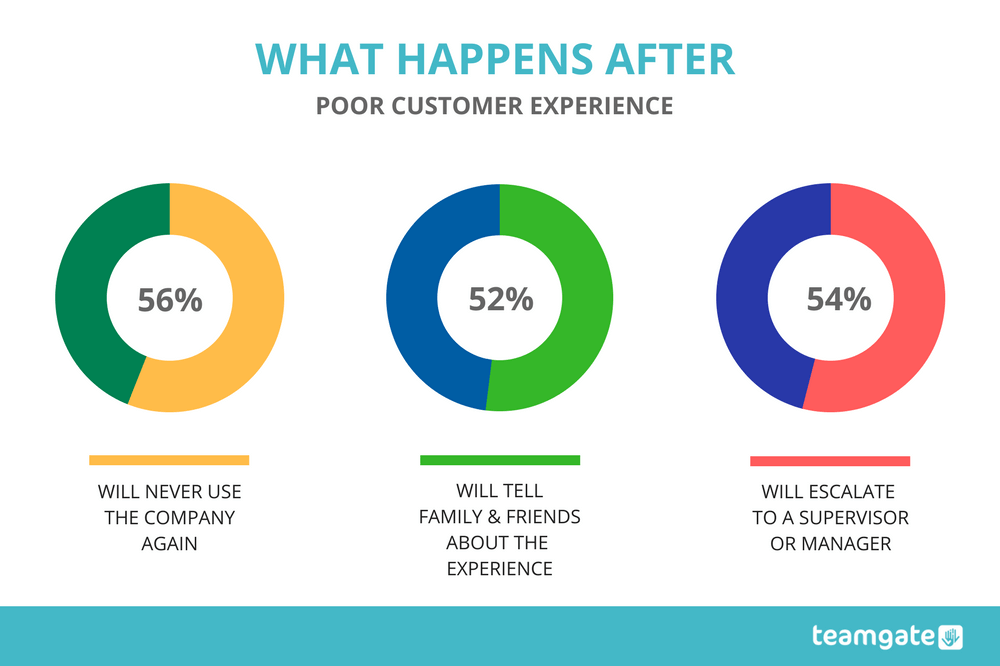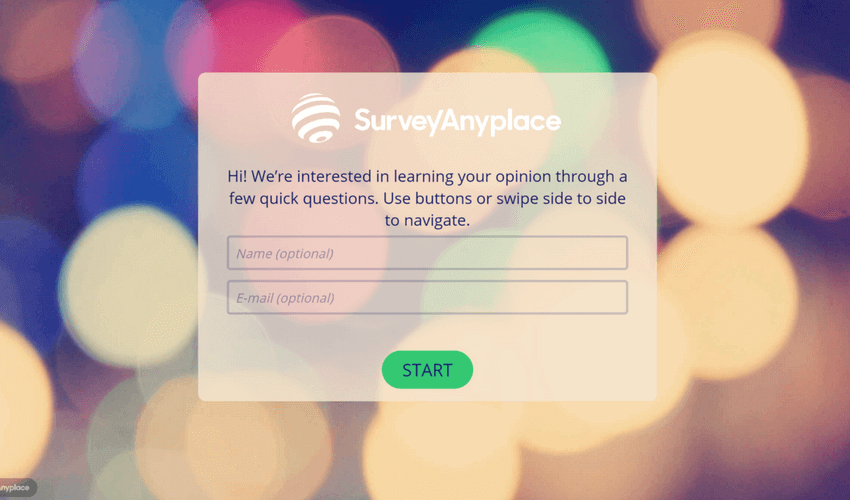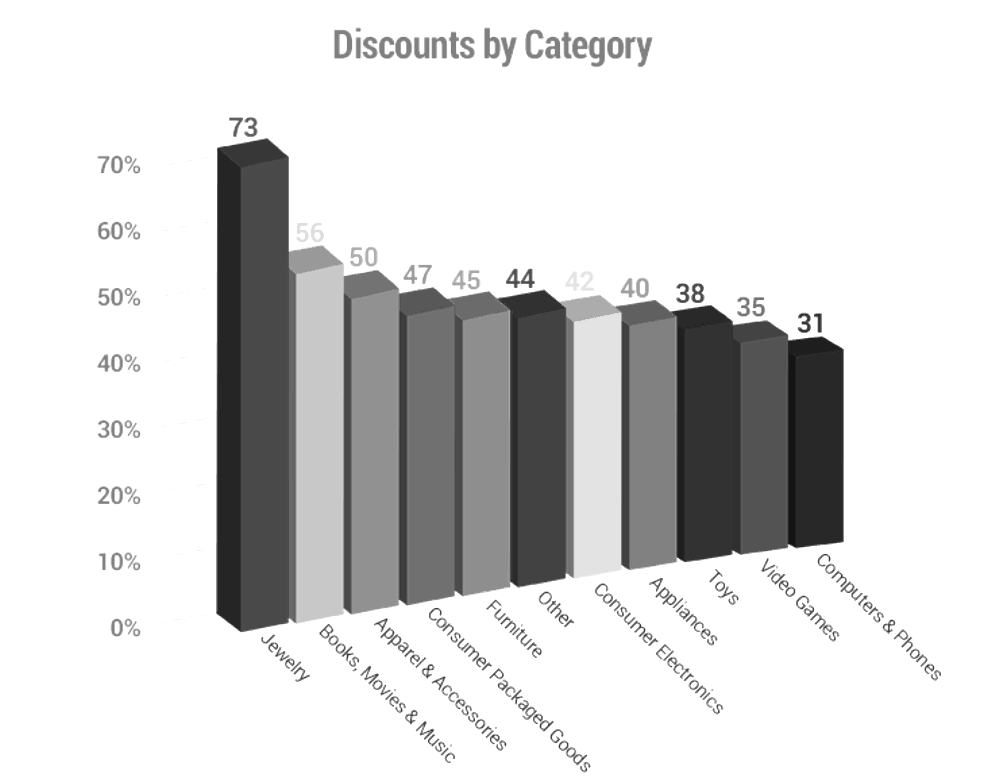After reading this article, you will learn about the importance of customer happiness for businesses, the characteristics of happy and good customers, the risks of unhappy customers, and strategies to ensure customer satisfaction and prevent customer churn. You will also discover best practices for customer relationship management and how to build trust with customers.
Key Takeaways:
- Happy customers can be powerful brand ambassadors and positively impact your business’s reputation.
- Good customers are those who pay on time, show mutual respect, provide feedback, and have a beneficial relationship with your business.
- Unhappy customers can drain resources, harm your reputation, and deter potential clients.
- A good customer can become unhappy due to poor customer service or unmet expectations.
- Monitoring customer satisfaction, using surveys, and addressing customer concerns can help prevent churn.
- Providing excellent ongoing support, keeping customers informed, and maintaining genuine conversations with customers are key practices for customer relationship management.
A happy customer is your brand ambassador. That same happy customer will promote and expound the qualities of your product or service, and what’s more important, they’ll raise the profile of your brand without you even having to ask. Customer happiness is a secret weapon waiting to rediscovered by many businesses who want to grow their profitability.
But, sadly, the mathematics of having and keeping happy customers is not a straightforward metric. There are good customers and there are bad customers. However, there are also levels of satisfaction amongst those customers; there are happy customers who become unhappy, and unhappy customers who in turn may become, not just disgruntled but major liabilities to your business and the perception of its professionality.
The question is, just how do you deal with these differing levels of satisfaction? And what can you do to harvest, and profit from the potential of a truly happy customer?
Let’s go explore.
Who is a happy customer?
“The single most important thing is to make people happy. If you are making people happy, as a side effect, they will be happy to open up their wallets and pay you.” ~ Derek Sivers, Founder of CD Baby
A happy customer is a paying customer, but you already know that. Cultivating strong and happy relationships with your customers is a crucial factor in growing a successful business with a significant competitive edge. In the age of automation, preserving the human element in your customer experience is more important than ever.
Why? Because your customers are just as connected as you are. Because they are people, and they care about themselves and about how they are treated and perceived by others. One misstep or bad experience with you or your support team, and they’ll be shouting about it to their followers right across every nook and cranny of social media. Bad word of mouth can tarnish a brand’s reputation for a long time, and, in some cases, forever.
In essence, a happy customer is someone who is actively using your product and is completely satisfied with the interaction and the outcome. They receive appropriate support, if and when needed, and they know how to use the product to pursue and achieve their desired outcome, and because of this, they will happily recommend your solution to anyone who’s prepared to listen. That’s a happy customer; the best friend your business can have.
Who is a good customer?
This is a question many business owners rarely, if ever, ask themselves. It also happens to be a very tricky question to answer. You would think that a customer who is ready to pay for your product or services is, by default, a good customer. But that is not the whole truth. The correct question to ask yourself is this; “what makes a good customer for my business?”
Although every business will have their own definition of a good customer, some aspects of this definition will apply to any company in any industry. These include payment, mutual respect, relationship, and reciprocity. Let’s take a closer look at each of these traits.
Payment. Chasing invoices and getting your clients to pay can be a huge drain on your business – and your time. The truth is, if you partner with bad customers you might just end up wasting your resources on tasks that shouldn’t even exist. For a small business, it can be almost impossible to say no to a potential customer who is willing and happy to hand over their money to you, but, it is also just as important to assess whether someone is a good payer before engaging with them. Imagine if a third of your client base were late to pay their invoices; a situation like that has the possibility to tip your business into the financial abyss.
Mutual respect. A good customer is someone who treats you and your staff with respect. It is important to allow a dissatisfied client to air their complaints; however, customers who lash out at you or your support agents, and those who use a hostile tone, even for the slightest of reasons, will have a negative impact on your team and its atmosphere. A business relationship must be beneficial – and respectful – to all parties involved, so if you feel that a customer is more demanding than they’re worth, or having a negative impact on your business, do not be afraid to walk away.
Reciprocity. Customers who take the time to give you honest feedback in order to help you improve the customer experience you provide are customers you really want to keep. Having an open line of communication with key clients is a true source of knowledge for any business. While you won’t act on every comment or complaint, you will quickly learn to prioritize and innovate in the most effective way. And besides that, customers who feel that they’re getting extra value for their money will recommend your business to others. Word of mouth is still the most powerful marketing tool in the mix.
Relationship. While it is probably not the most important factor, actually liking and respecting your customers as people can help forge substantially stronger relationships. A good customer is someone you wouldn’t mind having lunch with or chatting over a coffee. The importance of cultural fit can often be overlooked in a business environment, yet it is one of the key pillars of building smooth and seamless operations. If your customers have similar views and beliefs, the onboarding process will be simple and frictionless.
Who is an unhappy customer?
If you subscribe to the desperate entrepreneur’s mantra that “a customer is a customer – good or bad” you are putting your company in danger. Not every customer will be a good fit for your business, simply because you can’t be everything to everyone. Also, we are not talking about demanding customers here; some of your clients will prove to be difficult to please, but whom you know how to handle. What your business should not tolerate are unhappy customers.
One unhappy customer can impact your ability to support other customers, drain your resources and even drive other, potential clients away. If they start speaking negatively about your brand, it can harm your reputation and deter interested leads from working with you.

An unhappy customer is typically someone who is totally dissatisfied with your product and service and raises issues that you cannot solve. If there is nothing you can do to accommodate the client and help them achieve their goal, then it’s always best to simply part ways and end the relationship before it causes even more damage to your business. Again, the simple truth is that your product is not suitable for everyone. No matter how hard you try to onboard and support unhappy clients, they will never just turn around and fall in love with your solution. A customer that is not a good fit for your business is like a ticking bomb, just waiting to explode. Assess the situation and your options, work through all possible solutions to give the client what they want, and if that doesn’t work, move on.
Can a good customer be unhappy?
Absolutely. A good customer can be unhappy, and that’s typically caused by a subpar customer service experience or a failed promise. Nothing hurts a brand’s relationship with their loyal customers more than failing to deliver on the brand promise. Once a customer completely puts their trust in your brand, they are more likely to overlook any small missteps and mistakes which might occur. If they’re truly satisfied with the service, they won’t even make a fuss if your prices increase, they may even elevate their custom to premium features or new add-ons. But fail to meet their core expectations, and you’ll face the possibility of a major calamity.
A good customer can also be unhappy for other reasons. To uncover them, you must refer to your unique definition of what a good customer means for your business and start looking for the less obvious indicators. Could the unhappiness stem from something less apparent; like a change of copy in your late payment email, or your inability to act on important customer feedback?
The bottom line is that a good customer can be unhappy, but if you catch that sour mood in time you have the power to restore the situation.
How to see this in advance?
The best way to prevent customer depreciation is by measuring customer satisfaction. A telltale sign signaling potential problems in the customer experience is your churn rate – how quickly clients are turning away from your business. Unhappy customers churn, simple as that. To avoid cancellations, complaints, and general customer unhappiness, you need to monitor how satisfied they are at every step of the user journey. If a customer decides to leave, your goal is to understand the reasons behind such a decision and make adjustments to prevent other clients from following suit, now or in the future. The CSat and NPS surveys are the most effective tools which can enable any business to keep a pulse on their overall customer satisfaction and fix to unexpected hiccups without drawing too much attention.
How to change the situation: best practices
If you take away one lesson today, let it be this: “Always do more than is required of you” (George S. Patton).

There’s no denying that your customer happiness team is also performing a critical marketing function. A happy customer is a walking advertisement. If you want to benefit from the enormous power of the word of mouth and reduce customer churn, you must take customer satisfaction seriously and put the right mechanisms in place to monitor it at significant touch points of their journey experience.
These are the best practices of customer relationship management that we stand by and recommend to other business:
#1 Provide excellent ongoing support and extras
I don’t mean to be repetitive, but it’s critical to embrace the “sale doesn’t end after the customer pays” philosophy to achieve customer happiness. Ensure your support agents respond quickly and enthusiastically, treat customers with utmost respect and show empathy. Your customer happiness agents should also have a special extra ‘something’ up their sleeve in order to tackle difficult situations with grace. If you’re lucky, a special discount or offer can lead to an upsell or upgrade.
#2 Build trust by keeping your customers in the loop
Did you know that it takes 12 positive experiences to make up for one unresolved negative experience? Let your customer down once, and you will feel the ripples of your mistake for a long time to come. One of the easiest ways to avoid customer backlash is to inform them about significant changes, good and bad, well in advance, allowing them time to adjust and provide feedback. If you treat your customers like trusted partners, they’ll return the favor by staying loyal and recommending your product to others.
#3 Have a genuine conversation with your customers
Responding in a timely manner is key, but keeping the interaction genuine and personable is just as important. Make sure your responses are friendly and clear, avoid industry jargon, and always sign the message with your name or initials rather than using the company name. Customers need to know they’re interacting with a human being, not an automated bot. If the situation allows, try to address the customer by their name to establish, or reestablish that personal connection.
The Importance of Prioritizing Customer Happiness
Prioritizing customer happiness is vital for the success of any business. Happy customers not only become loyal brand advocates but also contribute to positive word-of-mouth and business growth.
By implementing effective customer relationship management strategies and utilizing tools like Teamgate CRM, you can streamline your customer interactions, track satisfaction levels, and deliver personalized experiences.
Take action today and empower your team with the right tools to foster customer happiness, strengthen relationships, and drive long-term success for your business. Visit Teamgate CRM’s website to explore how their platform can help you enhance your customer relationships.
FAQ: How to make a customer happy
Q: How to make a customer happy?
A: Making a customer happy involves various strategies and practices. Here are some key steps to consider:
- Provide excellent customer service: Respond promptly, treat customers with respect, and show empathy towards their needs and concerns.
- Deliver a quality product or service: Ensure that your product or service meets or exceeds customer expectations in terms of functionality, performance, and value.
- Personalize the customer experience: Tailor your interactions and offerings to match individual customer preferences and needs. Make customers feel valued and understood.
- Communicate effectively: Keep customers informed about updates, changes, and any relevant information related to your product or service. Transparency and proactive communication build trust.
- Offer continuous support: Be available to assist customers throughout their journey, providing guidance, troubleshooting, and addressing their queries or issues promptly.
- Go the extra mile: Exceed customer expectations by providing additional benefits, perks, or surprises. Offer exclusive discounts, loyalty programs, or personalized recommendations.
- Act on customer feedback: Regularly gather feedback and actively use it to improve your product, service, and overall customer experience. Let customers know that their opinions are valued and acted upon.
Q: How can I measure customer happiness?
A: Measuring customer happiness is crucial to understanding and improving their experience. Here are two common methods for gauging customer satisfaction:
- Customer Satisfaction (CSat) surveys: Send post-interaction surveys to customers, asking them to rate their satisfaction with specific aspects of your product, service, or support. Use rating scales or open-ended questions to gather feedback. Analyze the responses to identify trends and areas for improvement.
- Net Promoter Score (NPS): Implement NPS surveys to assess customer loyalty and likelihood to recommend your business. Customers rate their likelihood of recommending your product or service on a scale of 0 to 10. Based on their responses, classify customers into Promoters, Passives, or Detractors. Calculating the NPS score gives you an overall measure of customer satisfaction and loyalty.
Q: What should I do if a customer is unhappy?
A: Handling unhappy customers requires a proactive and empathetic approach. Here are some steps to follow:
- Listen attentively: Allow the customer to express their concerns fully. Show empathy, patience, and understanding. Avoid interrupting or becoming defensive.
- Apologize sincerely: Take responsibility for any mistakes or shortcomings. Apologize genuinely for the inconvenience or dissatisfaction caused, regardless of fault.
- Resolve the issue promptly: Work towards finding a solution that satisfies the customer. If possible, offer alternatives or compensation to rectify the situation and regain their trust.
- Follow up: After resolving the issue, reach out to the customer to ensure their satisfaction. This demonstrates your commitment to their happiness and helps maintain a positive relationship.
- Learn from the experience: Analyze the root cause of the issue and identify areas for improvement. Use customer feedback as an opportunity to refine your processes and prevent similar situations in the future.





